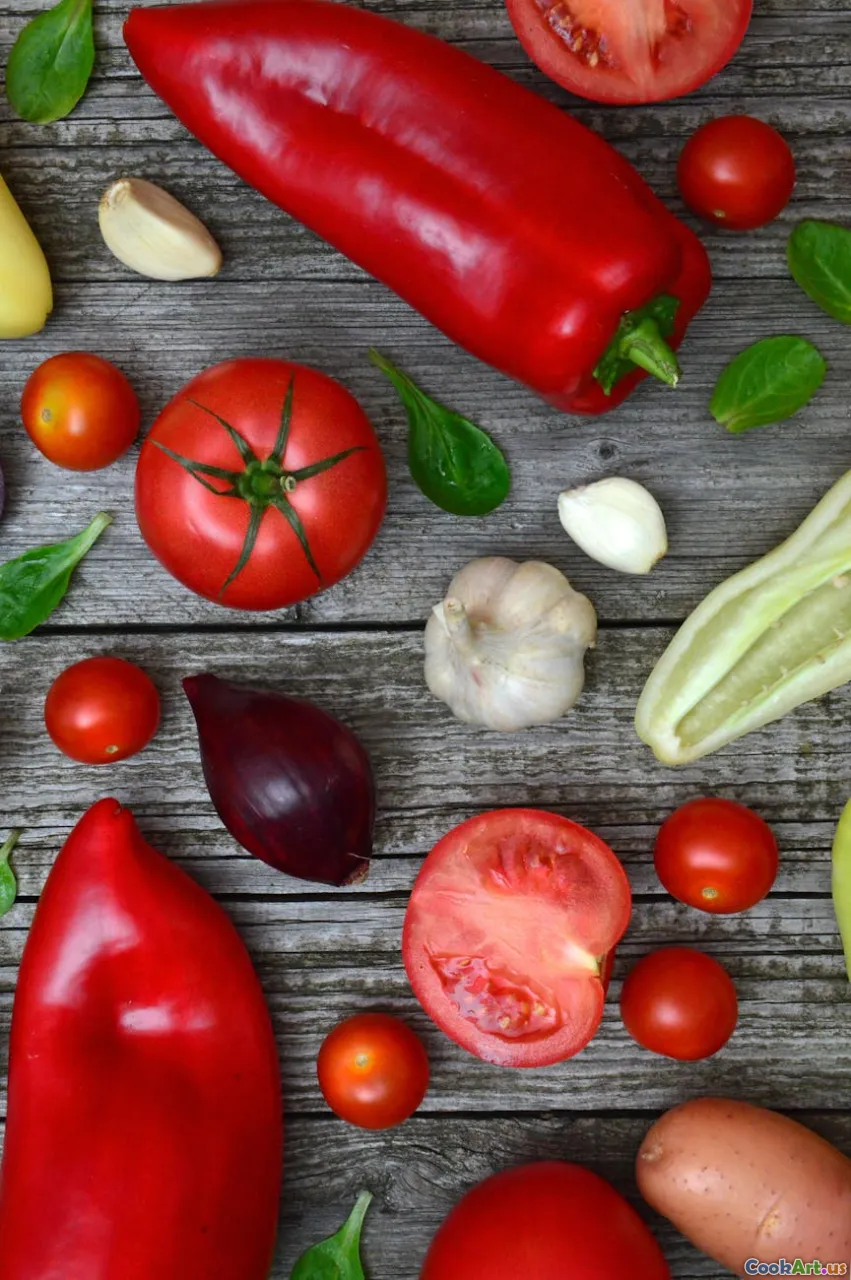Cooking with the Seasons: A Culinary Guide
5 min read Explore the art of seasonal cooking with this culinary guide, highlighting fresh ingredients and techniques that elevate your dishes. April 04, 2025 23:00
Cooking with the Seasons: A Culinary Guide
Cooking with the seasons is not just a trend; it's a philosophy that connects us to the land, the environment, and our culinary roots. This guide explores the essence of seasonal cooking, the benefits of using fresh ingredients, and how to create dishes that celebrate the bounty of each season.
Why Cook with the Seasons?
-
Flavor and Quality: Seasonal produce is at its peak in flavor and nutritional value. Fruits and vegetables harvested at the right time are more flavorful and packed with nutrients, making your dishes not only better tasting but also healthier.
-
Sustainability: By focusing on seasonal ingredients, we support local farmers and reduce the carbon footprint associated with transporting food across long distances. This promotes a more sustainable food system and helps preserve local ecosystems.
-
Cost-Effective: Seasonal ingredients are often more abundant, which can make them less expensive. Shopping at local farmers' markets or during peak harvest times can lead to significant savings.
-
Culinary Creativity: Cooking with the seasons encourages creativity in the kitchen. Each season presents unique ingredients that inspire new recipes and cooking techniques.
Seasonal Ingredients Overview
Spring
Spring is a time of renewal and freshness. Ingredients like asparagus, peas, radishes, and strawberries emerge. Dishes during this season often feature light, vibrant flavors.
- Cooking Tip: Lightly sauté asparagus and toss it with fresh peas, mint, and lemon for a refreshing spring dish.
Summer
Summer brings an abundance of colorful fruits and vegetables such as tomatoes, corn, zucchini, and berries. This is the time for grilling and outdoor dining.
- Cooking Tip: Create a summer salad with heirloom tomatoes, fresh basil, and mozzarella, drizzled with balsamic reduction.
Autumn
Autumn is characterized by harvest time, bringing hearty ingredients like pumpkins, squash, apples, and root vegetables. Dishes are often warm and comforting.
- Cooking Tip: Roast butternut squash with cinnamon and maple syrup for a sweet side dish or a soup base.
Winter
Winter may seem sparse, but it offers ingredients like kale, citrus fruits, and root vegetables. This is the time for hearty stews and comforting dishes.
- Cooking Tip: Make a warming kale and white bean soup with garlic and rosemary to combat the winter chill.
Techniques for Seasonal Cooking
-
Preserving: Learn to preserve seasonal produce through canning, pickling, or freezing to enjoy them throughout the year. This not only reduces waste but also allows for creativity in off-seasons.
-
Cooking Methods: Focus on cooking methods that highlight the natural flavors of seasonal ingredients. Grilling, roasting, or steaming usually work well depending on the ingredient.
-
Flavor Pairing: Experiment with flavor pairings that enhance seasonal ingredients. For example, pairing summer tomatoes with basil and mozzarella or autumn squash with sage and garlic can create vibrant dishes.
Conclusion
Cooking with the seasons is a celebration of nature's cycles and a commitment to quality, sustainability, and creativity in the kitchen. By understanding what ingredients are in season and how to utilize them, you can elevate your culinary skills and enjoy a deeper connection to the food you prepare. Start exploring the seasonal bounty available to you and let the changing seasons guide your cooking adventures.









